With the global urban population expected to double to around 6.5 billion by 2050, the future outlook for biodiversity can be positive, particularly if biodiversity is seen as a part of the solution to some of our most urgent development challenges. Biodiversity underpins the functioning of the ecosystems on which we depend for our food and fresh water; aids in regulating climate, floods and diseases; provides medicines (traditional and modern components); offers recreational opportunities, mental health benefits and spiritual enrichment; and supports services such as soil formation, photosynthesis and nutrient cycling. Biodiversity also contributes to local livelihoods and economic development. All human health depends, ultimately, on ecosystem services that are made possible by biodiversity, ecosystems, and the products derived from them.
Given that the current trends for biodiversity loss are bringing us closer to a number of potential tipping points that would catastrophically reduce the capacity of ecosystems to provide the essential services upon which we all depend for our health and well-being (see Global Biodiversity Outlook 3, 2010), the predicted tripling of the global urban area between 2000 and 2030 has potentially grave impacts on biodiversity, ecosystems and human health. In addition, many of the possible consequences are likely to be most acute for the poor and marginalized, as they are more likely to rely directly on biodiversity and associated ecosystem services for their very survival. Although the impact on vulnerable populations may be more visible, all human populations are ultimately dependent on ecosystem services, and global urbanization will have knock-on effects for human health and development.
A standard of living adequate for the highest attainable level of health is often considered as a basic human right and therefore one of the most important indicators of development. As defined by the World Health Organization (WHO), health does not just mean freedom from illness, but a state of complete physical, mental and social wellbeing. Some suggest that a healthy environment should also be a basic human right and according to a recent Docs Talk blog by Dr. David R. Boyd, protection for the environment is already recognized as a right by ninety-five countries.
Many of the great development challenges, such as global environmental change, climate change and biodiversity loss, as well as food and water security, can be approached by considering the inter-linkages between human health, biodiversity and ecosystem services. Cities are critical laboratories for this kind of thinking. Because of the speed at which the world’s urban areas are expanding, and given that much of this is occurring in biodiversity hot spots (particularly Figure 1 in this link), there is a great opportunity to conduct further research on biodiversity-health connections and improve human health in cities through biodiversity conservation and ecosystem restoration.
Links between biodiversity and health
The linkages between biodiversity, ecosystem services and human health are complex and our understanding of the cause and effect relationships is continuing to develop. The reports of the Millennium Ecosystem Assessment (2005) and the Intergovernmental Panel on Climate Change (2007) highlighted that human health is affected by the state of the global environment and the health of ecosystems. Then in 2008, the highly acclaimed ”Sustaining life: How our health depends on biodiversity” by Dr. Eric Chivian and Dr. Aaron Bernstein at the Center for Health and the Global Environment, Harvard School of Public Health, was published with contributions from 100 leading scientists. In terms of the existing scientific literature on the specific relationships between human health, ecosystems and biodiversity, there are a number of potential mechanisms proposed and evidence is usually drawn from specific case studies.
A direct example of the linkages are the outbreaks of many diseases, including SARS, Ebola, hanta viruses, malaria, and the HIV pandemic, which have underlying causes related to human impacts on wildlife and ecosystems, such as land-use change, human encroachment into wilderness areas, and unsustainable bushmeat and livestock trade (Keesing et al. 2010). As a result of the relationship between biodiversity loss, ecosystem change and the emergence and spread of diseases, management can be viewed as an opportunity to conserve biodiversity and reduce health impacts by tackling the underlying causes (see Campbell et al. 2012).
Given these inextricable links between biodiversity, human populations and health, the Secretariat of the Convention on Biological Diversity (CBD) is undertaking a range of activities, with the vital support of partners, that further highlight these linkages and that support collaborative implementation.
For example:
1. A joint WHO Discussion Paper entitled Our Planet Our Health, Our Future, was launched at Rio+20 in June 2012 which examines the increasing opportunities for linking human health in the context of the three Rio Conventions (the United Nations Conventions on Biodiversity, Climate Change and Desertification) and highlights the opportunity to achieve further implementation of the Conventions and to contribute to improved human health outcomes;
2. The commencement of a series of regional capacity-building workshops, with the first for the Americas held in September 2012 and further workshops being planned for 2013 and 2014; and
3. A new Guide to Biodiversity and Health linkages, which acts a primer on these issues.
Of particular interest to many readers of this blog will be the recent launch of the Cities and Biodiversity Outlook: Action and Policy (CBO) at the Cities for Life Summit, which ran in parallel to the 11th meeting of the Conference of the Parties to the CBD (COP 11) on 15 October in Hyderabad, India.
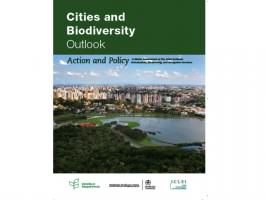
CBO was produced by the Stockholm Resilience Centre, the Secretariat of the CBD and ICLEI (Local Governments for Sustainability), with contributions by more than 120 experts worldwide. The key messages and some of the highlights were the subject of a previous blog on The Nature of Cities by Thomas Elmqvist, from the Stockholm Resilience Centre, on 3 October 2012.
As outlined in CBO, urbanization does not have to be accompanied by increased traffic congestion, greater air pollution and more sedentary and isolated lifestyles without nature. There are opportunities for urban ecosystems to improve human health and for cities to conserve and restore ecosystems by considering the way our cities are designed, the way we live in cities and the policy decisions of cities and local authorities. As stated in CBO as key message 4, “maintaining functioning urban ecosystems can significantly improve human health and well-being”.

Although some health and ecosystem service links may be more obvious, such as disease regulation and emergence, there are other connections that are less obvious, including the alarming rise in non-communicable diseases (NCDs) and benefits for biodiversity that can be achieved in parallel. More than 36 million people die every year from NCDs and almost 80% of NCD deaths now occur in low- and middle-income countries. With the projected number of deaths per year expected to reach 44 million deaths per year by 2020, this is a global health epidemic. The current evidence suggests that NCDs can largely be prevented through lifestyle decisions, such as increasing our dietary diversity, which can promote awareness of the value of biological diversity for food and nutrition and can lead to the improved protection of species, their genetic diversity and ecosystems; and getting more regular physical exercise, which can reduce greenhouse gas emissions, encourage greater appreciation of the environment, and benefit mental, physical, and emotional health as more time is spent in natural settings.
Case studies that illustrate the connection between design, ecosystems and human health
Case Study 1: The Healthy Parks, Healthy People Approach
Parks Victoria, a park management agency of the State Government of Victoria, Australia, launched the “Healthy Parks, Healthy People” (HPHP) approach in 2000. The goal was to emphasize the value of visiting parks and natural open spaces for the benefits they provide as healthy places for body, mind, and soul. Similar approaches have now developed around the world, including in Canada, the UK, and the USA. The Melbourne initiative that emerged from the first International HPHP Congress declared that parks are “integral to healthy people and a healthy environment” and that “human health depends on healthy ecosystems”. The Congress was also the springboard to a partnership with a national health insurance provider, which is now funding public preventative health activities and establishing a network of health professionals to encourage people to increase their physical activity by engaging in activities in parks.
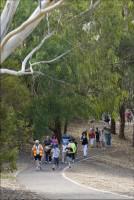
The Healthy Parks, Healthy People concept is also being adapted to developing countries, beginning with HPHP Nepal, a partnership involving the International Union for Conservation of Nature, Parks Victoria, and the Nepalese government. A 2010 workshop in Kathmandu highlighted that HPHP and resulting lessons learned could indeed be applied in countries with different socioeconomic contexts. As Dr. Chhatra Amatya,
chairman of Chhahari Nepal for Mental Health, explained, “HPHP is all the more needed in a country like Nepal. Our children do not have space to play a game in a city”.

(Reproduced from Cities and Biodiversity Outlook: Action and Policy, 2012)
Case Study 2: The Many Benefits of Urban and Peri-Urban Agriculture
Raising local crops and livestock can increase knowledge of and interest in the biophysical and food-growing processes, empower citizens to influence sources of food production, strengthen links to local food systems, and encourage healthier lifestyle choices. Greater food self-reliance, cheaper food prices, greater accessibility to fresh and nutritious products, and poverty alleviation are all key benefits that can arise from urban agriculture with sound decision-making and planning of the cities’ ecosystems. The advantages of urban and peri-urban agriculture have been noted by the UN Food and Agriculture Organization (FAO) and by the World Health Organization’s
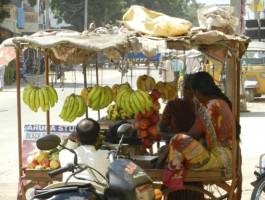
Healthy Cities Programme, which appeals to local governments around the world to include urban and peri-urban agriculture in their urban plans.
(Reproduced from Cities and Biodiversity Outlook: Action and Policy, 2012)
Case Study 3: More Trees, Less Childhood Asthma: New York City
Rates of childhood asthma in the USA increased by 50 percent between 1980 and 2000, with the highest rates reported in poor urban communities. In New York City, where asthma is the leading cause of hospitalization among children under age 15, researchers at Columbia University studied the correlation between numbers of trees on residential streets and incidences of childhood asthma. They found that as the number of trees rose, the prevalence of childhood asthma tended to fall, even after data were adjusted for sociodemographics, population density, and proximity to pollution sources. How might trees reduce the risk for asthma? One explanation is that they help remove pollutants from the air. Another is that trees may be more abundant in neighborhoods that are well maintained in other ways, leading to lower exposure to allergens that trigger asthma. Yet another is that leafy neighborhoods encourage children to play outdoors, where they are exposed to microorganisms that help their immune systems develop properly. Further studies will provide a clearer picture of whether street trees really do make for healthier children. New York City is currently in the midst of planting a million new trees by 2017.
(Reproduced from Cities and Biodiversity Outlook: Action and Policy, 2012)
City and Subnational Biodiversity Summit, 15 and 16 October 2012
In addition to the launch of the Cities and Biodiversity Outlook (CBO) at the City and Subnational Biodiversity Summit at COP 11, the event was a demonstration of the strong commitment and the contribution that can be made by these levels to achievement of the Strategic Plan for Biodiversity 2011 – 2020 and its 20 Aichi Biodiversity Targets.
The Cities for Life Summit attracted more than 400 participants from 45 countries, including 60 mayors and governors. There were more than 50 presentations that highlighted a wide variety of themes including, among others, vertical cooperation between levels of government; progress on the Plan of Action on Local and Subnational Action for Biodiversity; support for the principle of greater integration and mainstreaming of biodiversity into other sectors including health, economic development, tourism and culture; and existing and potential activities at city and subnational levels. At its conclusion, the participants adopted the Hyderabad Declaration on Subnational Governments, Cities and other Local Authorities for Biodiversity which further supports their work towards achievement of the Strategic Plan for Biodiversity and seeks greater coordination between different levels of government.
Ways Forward
Our fundamental reliance on ecosystem services offers significant opportunities to more consistently recognize biodiversity and ecosystem services for human health and to contribute to biodiversity conservation in cities. Although the linkages between biodiversity, ecosystem services and human health are complex, an increasing focus on inter-disciplinary research is aiming to develop a more thorough understanding of the linkages between ecosystem services and the conditions under which health and environment co-benefits can be achieved, as well as the development of robust predictions of the health impacts of different approaches to ecosystem management (for example, the DIVERSITAS EcoHealth activities; and the Health & Ecosystems: Analysis of Linkages (HEAL) initiative. Further examination of these linkages in the context of cities would be another significant step forward.
There is increasing awareness of and interest in the inter-linkages between human health and ecosystem functioning and growing support for collaboration (for example Cooperation on Health and Biodiversity Initiative, COHAB. The impact on cities of using current knowledge in policy, and supporting emerging research, that leads to implementation can be substantial and far-reaching, particularly considering that approximately 60% of the projected total urban area in 2030 is yet to be constructed. We need to collectively seize this opportunity for the health of current and future generations and of the planet.
Kathryn Campbell
Montreal, Canada
About the Writer:
Kathryn Campbell
Kathryn has 20 years experience in protected areas and natural resource management with local authorities, sub-national governments and as a small business owner in Australia. She likes exploring new cities, spending time in nature with her family, and trying to knit and sew.




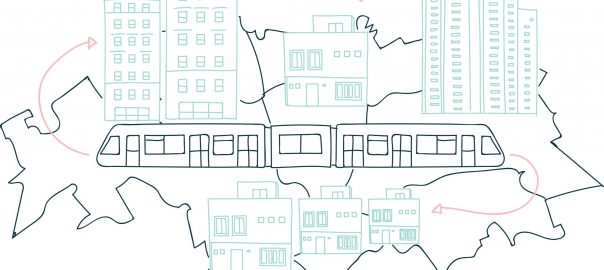
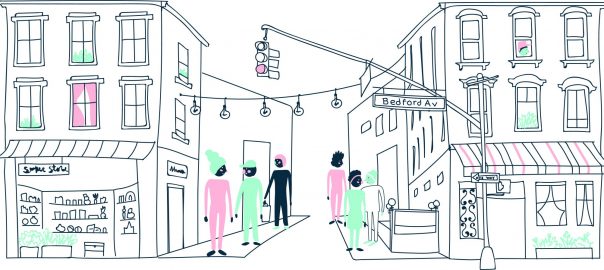
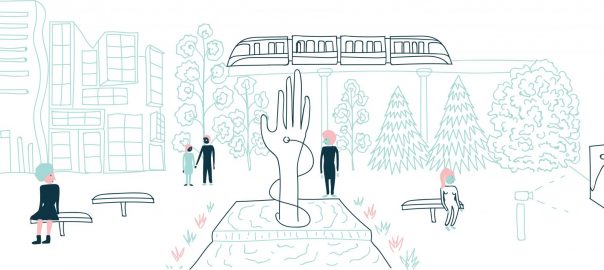
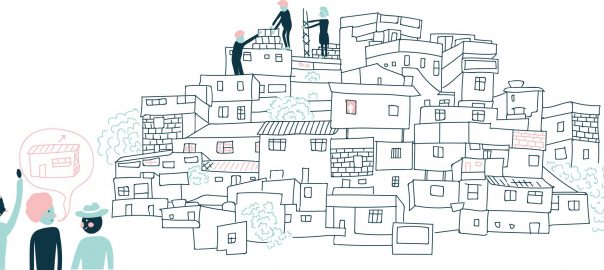
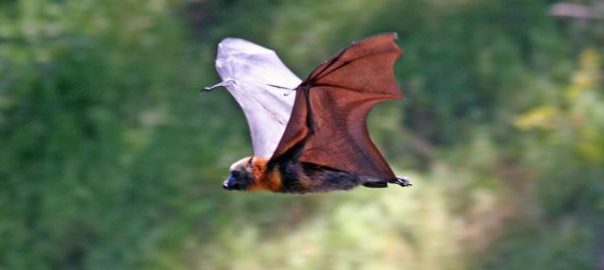
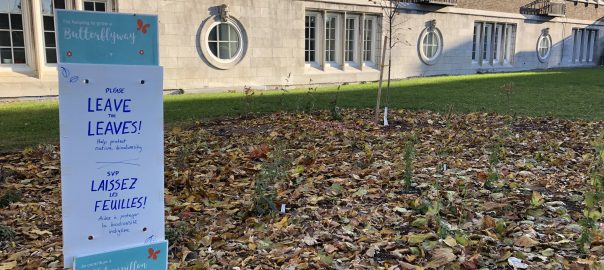

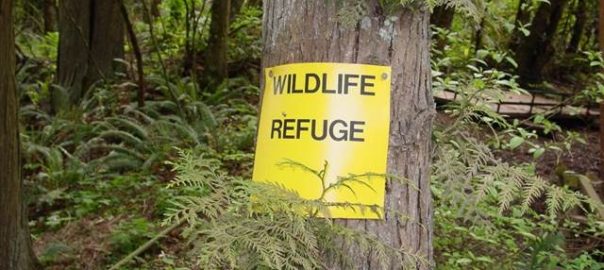
Wonderful.